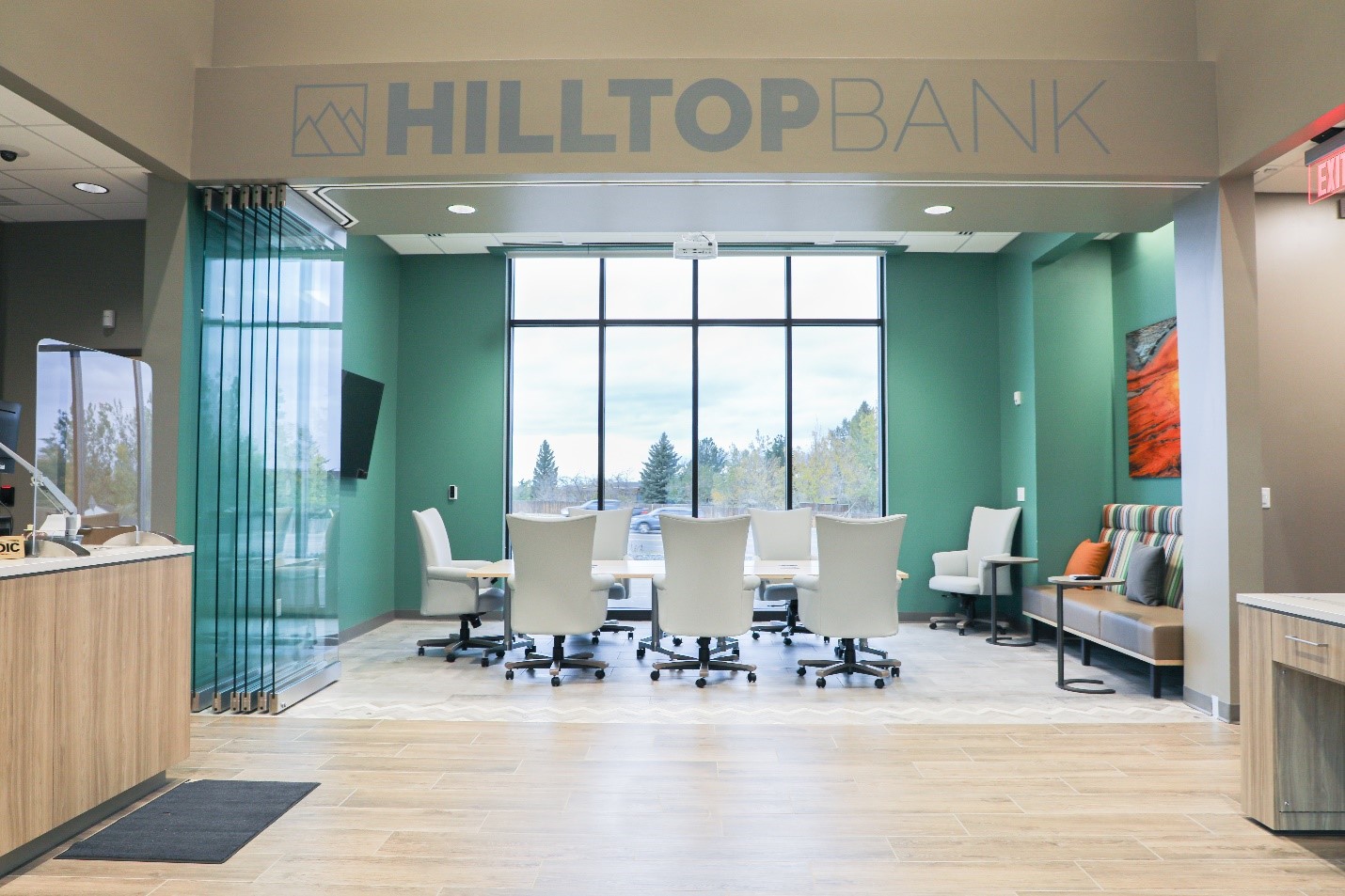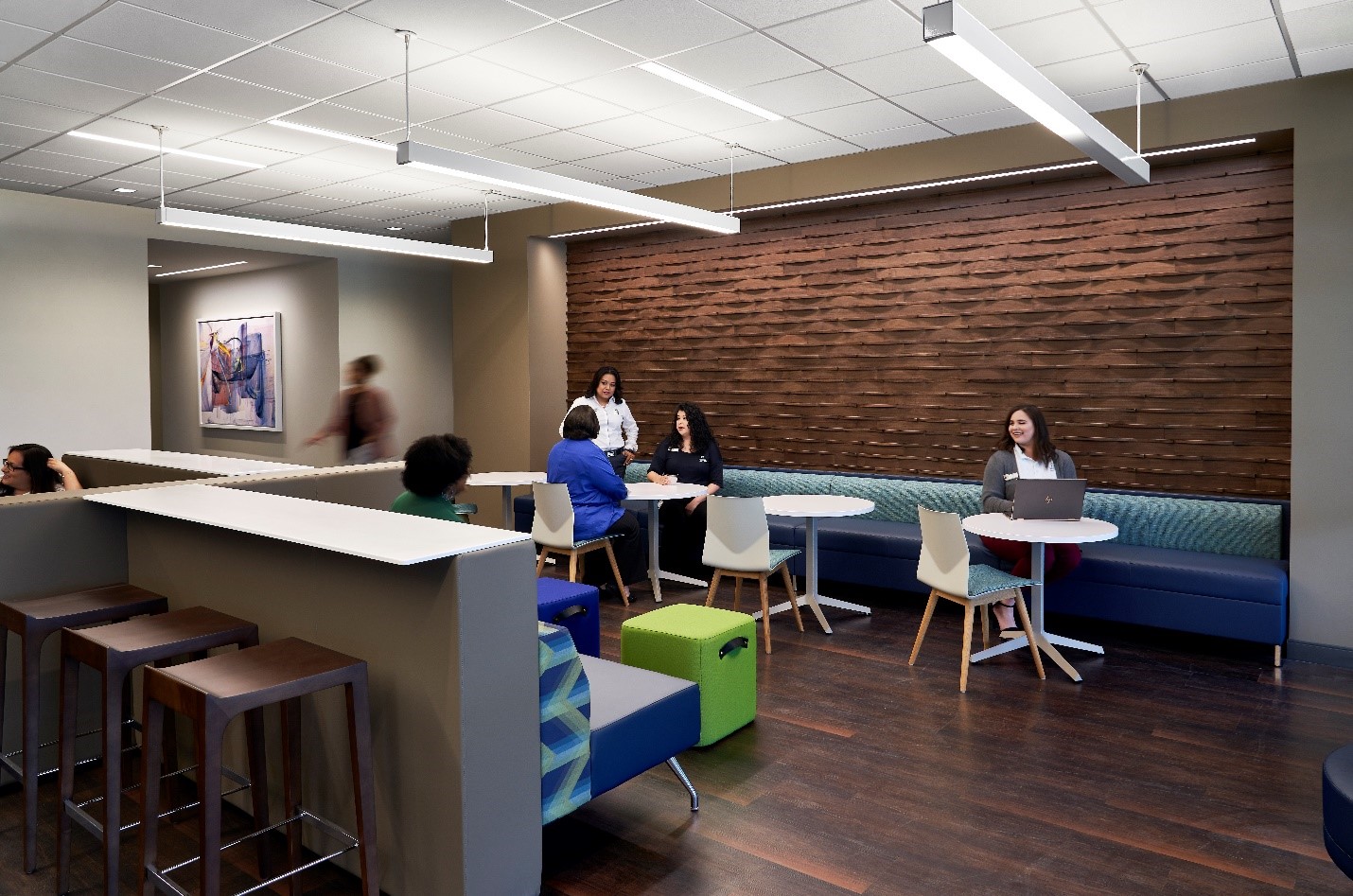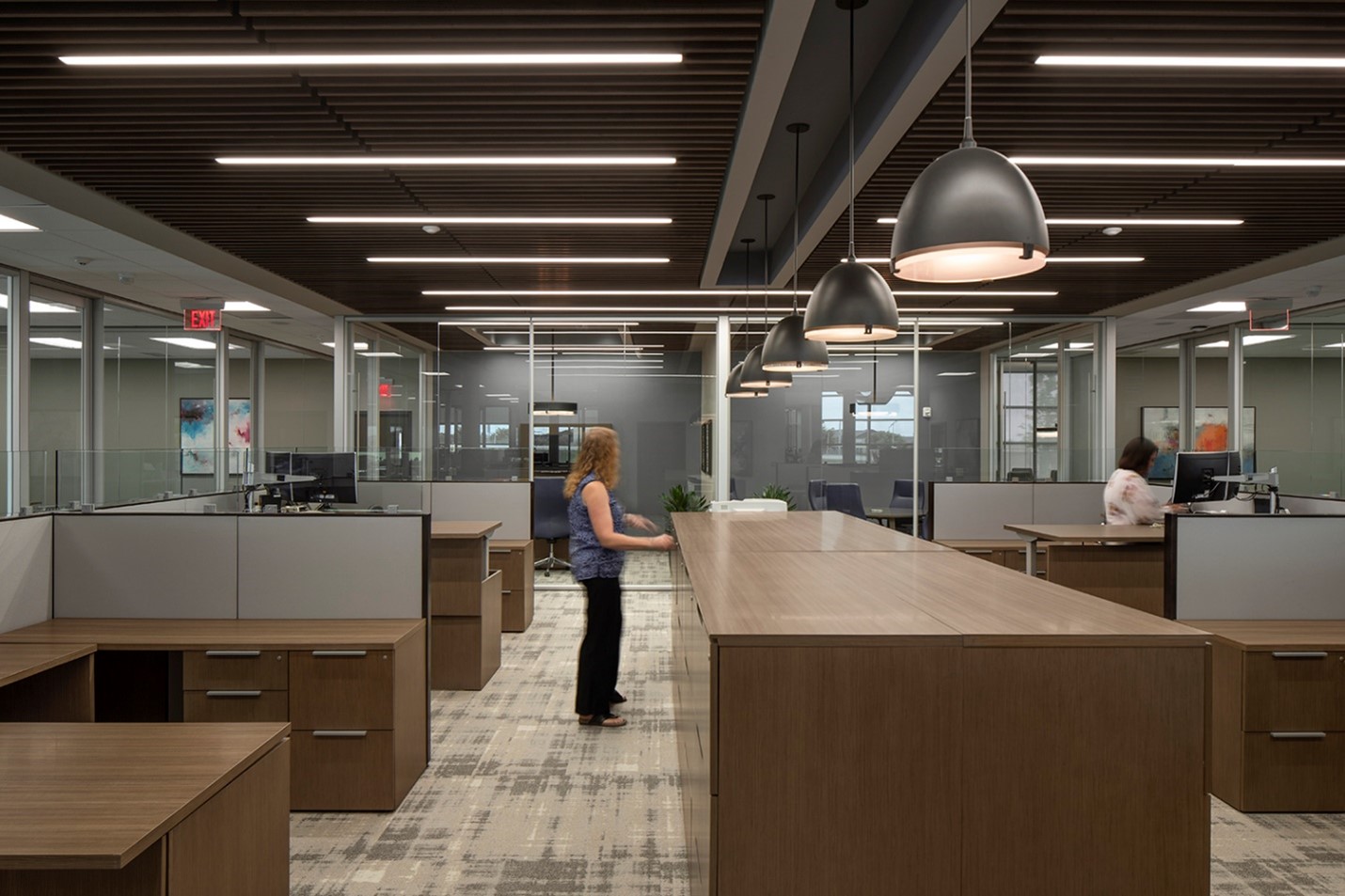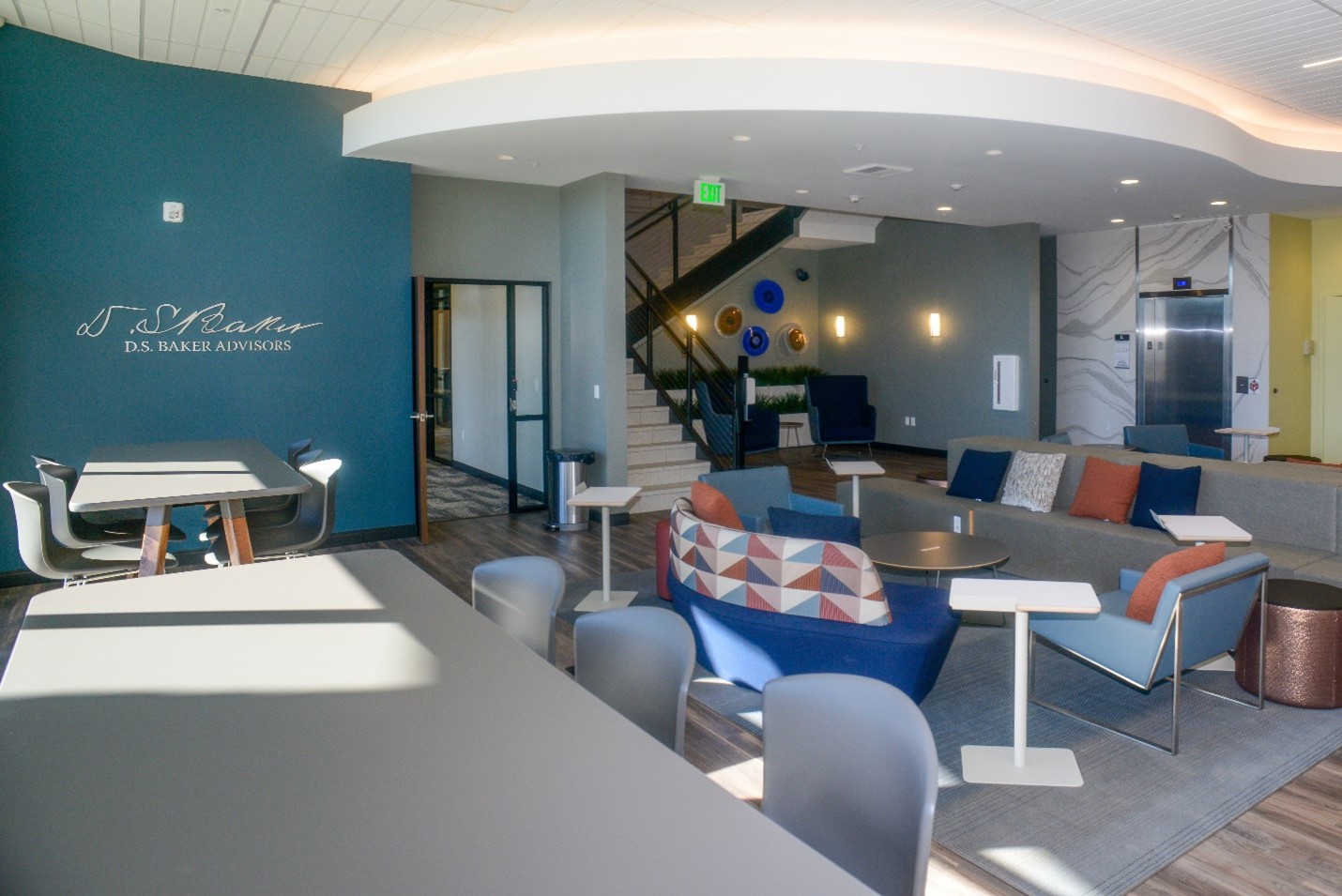“Furniture manufacturers are continuing to develop new products that are user-friendly and can be reconfigured by employees, as needed for meetings throughout the day,”
– Susan Fischer, Dir. of Interior Design
The way your branded space functions directly impacts operational efficiencies, consumer and employee experiences, and the overall impression of your organization. Selecting the right furniture to meet your needs means choosing pieces that bring the utmost flexibility, comfort, and style to your work environment. Modular furniture can provide the needed flexibility with style and comfort in several ways.

Meeting Spaces
The industry has seen the importance of providing flexibility within the floor plan for users to reconfigure meeting and conference spaces as needed. “Furniture manufacturers are continuing to develop new products that are user-friendly and can be reconfigured by employees, as needed for meetings throughout the day,” said NewGround’s Director of Interior Design, Susan Fischer. Design elements such as modular glass walls can provide a varying degree of openness and flexibility based on meeting or event needs. The more options employees can have in how they meet with others throughout their workday, the better the space will function.

Breakout Spaces
It is not just the meeting space that needs to consider modularity, but also the other areas of the work environment. Employees need to collaborate and extend conversations into smaller group discussions oftentimes post-meeting. “Providing touch-down spaces outside conference rooms with flexible lounge seating and tables is in high demand,” Susan continued. “Rather than those small groups lingering in the conference room, they can continue conversations outside in these surrounding flex spaces.”

Workstations
Flexible furniture trends were on the rise even pre-pandemic to account for evolving organizational goals and modern-day expectations. “Prior to COVID, we were designing workstations for our clients to accommodate future growth and flexibility as the department functions change,” noted Susan. “These existing design practices allowed us to easily create taller barriers between employee workspaces without having to purchase entirely new furniture.”

Freedom in Flexibility
Providing employees with numerous options on where and how to work within your space is crucial for ultimate productivity and overall employee happiness, especially as we enter the post-pandemic era. “We recommend our clients offer a variety of workplace styles for staff to choose where they want to work throughout the day while in the office. During COVID, everyone became accustomed to changing their environment throughout the day – from the kitchen table for a meeting, to the sofa to respond to email, to the outdoor patio for a one-on-one, to their home office desk for a presentation. They will want to continue having the choice of where to work within the office throughout the day,” said Susan. Embracing flexibility will help make the shift back to the office an easier transition for everyone – and after over a year of so many changes in how we live and work, keeping flexibility in mind is one of the most impactful ways companies can continue on the path to success.
Stay tuned each week for more insights from our team of seasoned industry experts!